Atalante, L’ (1934)
“Paris, Paris! Oh infamous, marvelous city!”
|
Synopsis: |
|
Genres:
Review: Parlo gains at least some measure of enjoyment from getting to know “Papa Jules” (Michel Simon), Daste’s grizzled shipmate with a penchant for odd curios, and a mild crush on the young bride. Whenever he’s on-screen, Simon — only 40 in real life, though his character appears to be older — dominates the story. Simon was an acknowledged star by this point in his career, and his semi-improvised scenes throughout L’Atalante show why; with his hound dog countenance and clownish demeanor, he’s both riveting and hilarious to behold. He’s incorrigible, too — as indicated in his irreverent retort to Daste when questioned about a photo of a nude woman on his cabin wall:
The true “stars” of L’Atalante, however, are Vigo and cinematographer Boris Kaufman (along with composer Maurice Jaubert), who collectively depict some of the most haunting and memorable images in French film history. Notable sequences (just a few among many) include the opening “wedding march”; Parlo discovering Simon’s “pickled hands” in a jar; Daste seeing Parlo’s bridal visage while swimming underwater; and Vigo’s masterful depiction of the couple reaching out to one another in sleep from their separate beds. L’Atalante makes it clear that Vigo possessed a uniquely poetic voice in cinema; this “first feature” is a sad hint of his future genius, had he lived past the age of 30. Redeeming Qualities and Moments:
Must See? Categories
(Listed in 1001 Movies You Must See Before You Die) Links: |
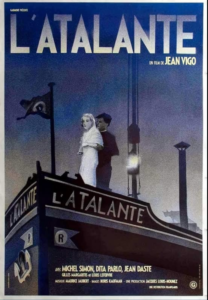
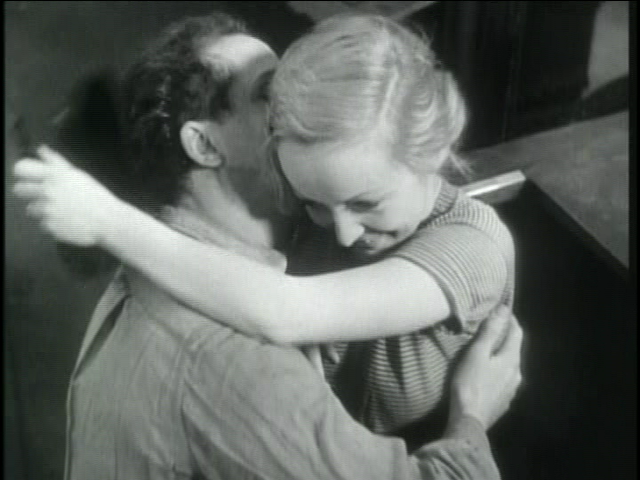


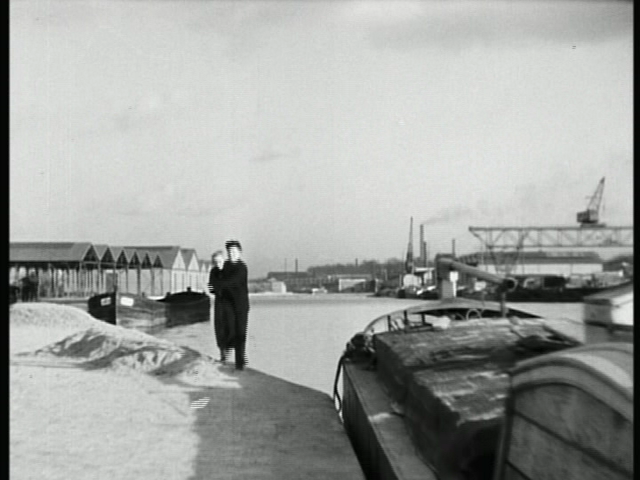
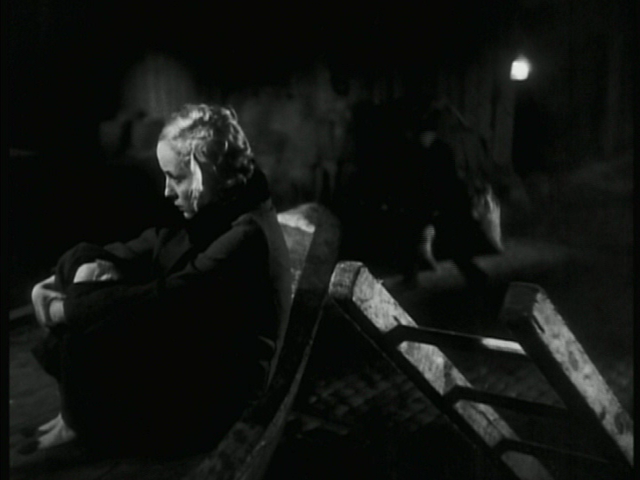
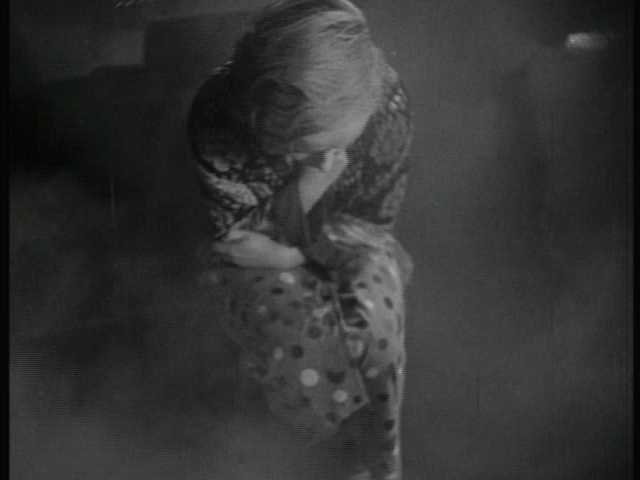


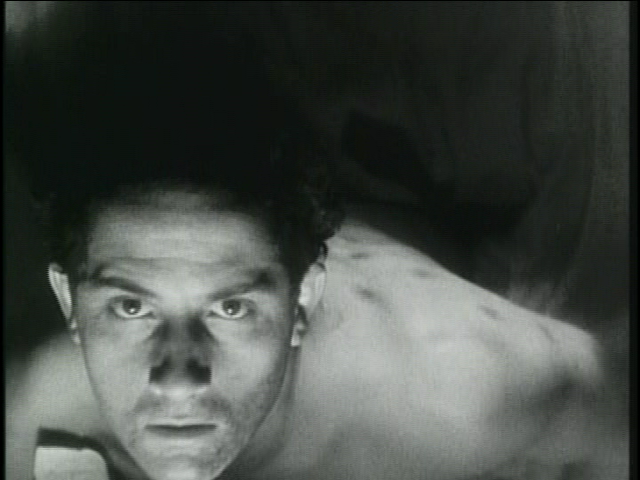
One thought on “Atalante, L’ (1934)”
A gem!
The assessment here of this sweet yet raw, somewhat ragamuffin tale is so well thought out and so well put (esp. the remark about the film’s true “stars” being the director, cinematographer and composer) that I think I actually have nothing to add – except that Simon’s performance kept making me think of Tom Waits (a fave).
I will say, though, that the film is deceptively simple – meaning it has surprising emotional depth. Following that thought, the most memorable sequence for me is when the couple comes across a whimsical, flirtatious street vendor in a club – and the husband comes to realize other aspects of his young wife’s needs.
Now over 75 years old, ‘L’atalante’ appears timeless and oddly fresh.